When “Pokémon Go” exploded in the Apple App Store and Google Play Store this past July, augmented reality was introduced to the global masses.
Everyone and their grandma were catching “little blue fellas” and camping out at PokéStops and Gyms to snag their favorites or pit them against another team. But just as quickly as “Pokémon Go” took over the world, the hype died down.
Some might argue that the three-step glitch and its subsequent fix that wasn’t really a fix or the lack of communication from the game’s developer, Niantic, caused “Pokémon Go” to lose many players. Others might point out it was a sense of nostalgia that drew so many at the start, a feeling that can only be fleeting. Almost everyone can agree that for many of those who jumped on the bandwagon, “Pokémon Go” lost its appeal after a short time and several changes to the game.
But the underlying reason so many gave up on the game comes from the very thing that made it so exciting—the augmented reality mechanics of play.
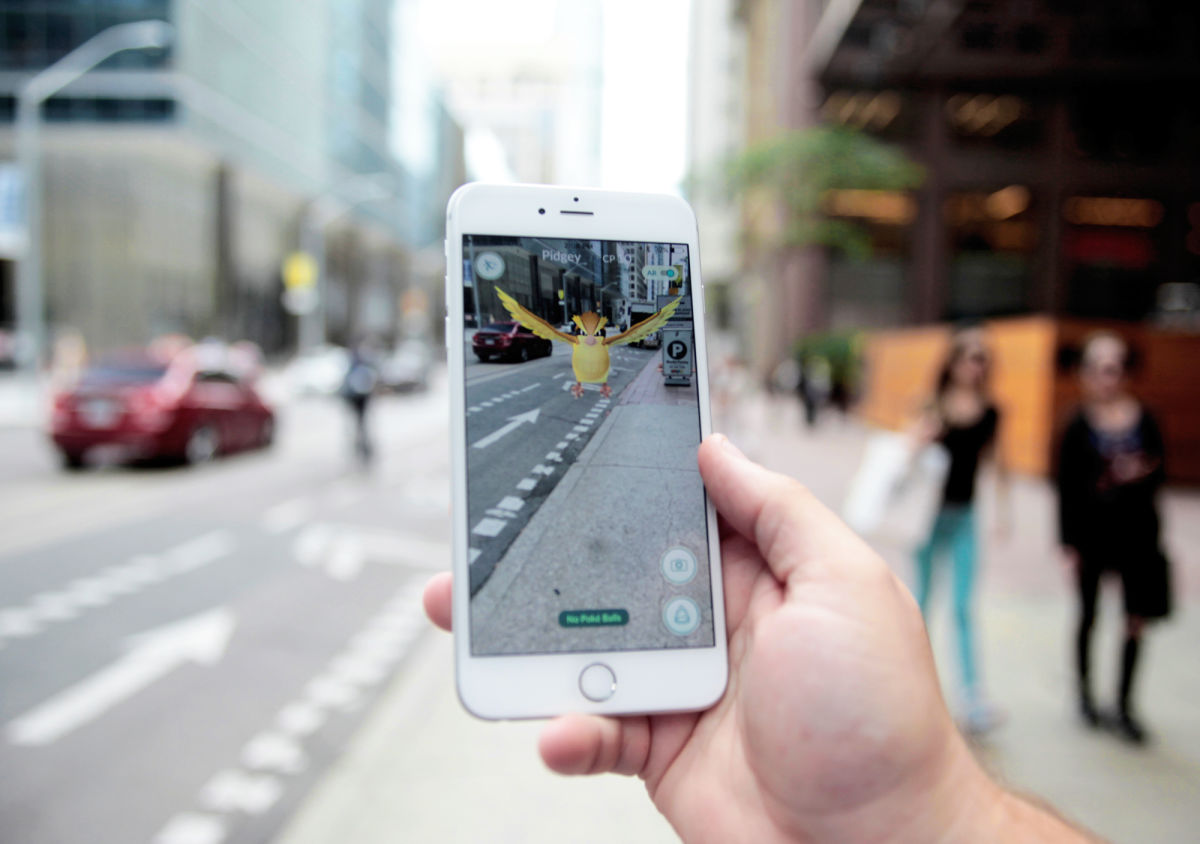
To catch Pokémon, all a player had to do was go outside and walk around. Not so bad, right? Except the Pokémon could be anywhere. A cranky neighbor’s backyard, that gas station with the creepy attendant, Area 51… Training Gyms and PokeStops were suddenly visible on a map, locations to go hang out while players farmed for Magikarps or battled other teams for control of a Gym. They could be in the crappiest dining hall on campus, the Holocaust Memorial Museum or smack dab in the middle of a player’s workplace.
“Pokémon Go” is always in a player’s pocket, begging for attention. Maybe there’s an elusive Pikachu? Has the local Mystic Gym fallen to Valor yet? Has that egg hatched from all that walking around? It wants every player to constantly be thinking about what they might be missing when they go to another app or, heaven forbid, actually turn it off when asked to by a teacher or airline attendant.
“Pokémon Go” is the bastard, immaculate son of the infamous Facebook game Farmville, and it’s here to take over your life.
Augmented reality can be a powerful tool of work and play, but the most popular and visible use of it today interrupts daily life to a new extreme. “Pokémon Go” isn’t so much augmented reality as it is an enhanced smartphone game that does some clever things with maps. This technology is capable of so much more and has the possibility of integrating into our daily lives without interrupting human interactions, workflow or education.
But it’s also just the start of something much bigger and far better.
Augmented reality is the precursor to holographic technology, and it has a long way to go.
Currently, augmented reality can only be utilized via a smartphone or tablet. This can be pretty useful, such as pointing a smartphone at an exhibit piece in a museum to get access to extra information. Except… doesn’t that sound like the QR code reader that’s probably on all the smartphones in the world but hardly ever utilized?
If the Google Glass hadn’t (rightfully) faced questions about privacy rights and one-party consent recordings, augmented reality would have been able to take a decent leap forward in application. Reality isn’t all that enhanced if it’s only altered via a small screen that doesn’t hide the rest of the world. But, doesn’t the solution to that sound a lot like virtual reality and shoving a phone into a hard, bugged-out sleep mask/helmet and sticking that on your head?
Not quite.
Google Glass could’ve been a step in the right direction for holographic technology, the necessary visual aspect to the tactical one. Our hands aren’t quite ready to tap, swipe or otherwise interact with an object that isn’t tangible, so starting with the visual component could help the mind become accustomed to hold something with little to no touch sensory output. Think Tom Cruise in “Minority Report” with those lighted gloves gesturing through video and data, or Tony Stark manipulating his many holographic schematics in “Iron Man” and other Marvel series.
Apple CEO Tim Cook recently came out in support of augmented reality as the next big thing, arguably going against the grain of many tech developers who are working on virtual reality headsets and software. In an interview with “Good Morning America” in September, Cook explained why augmented reality would likely surpass virtual in terms of adoption and daily usage, saying, “This gives the capability for both of us to sit and be very present talking to each other, but also have other things visually for both of us to see.”
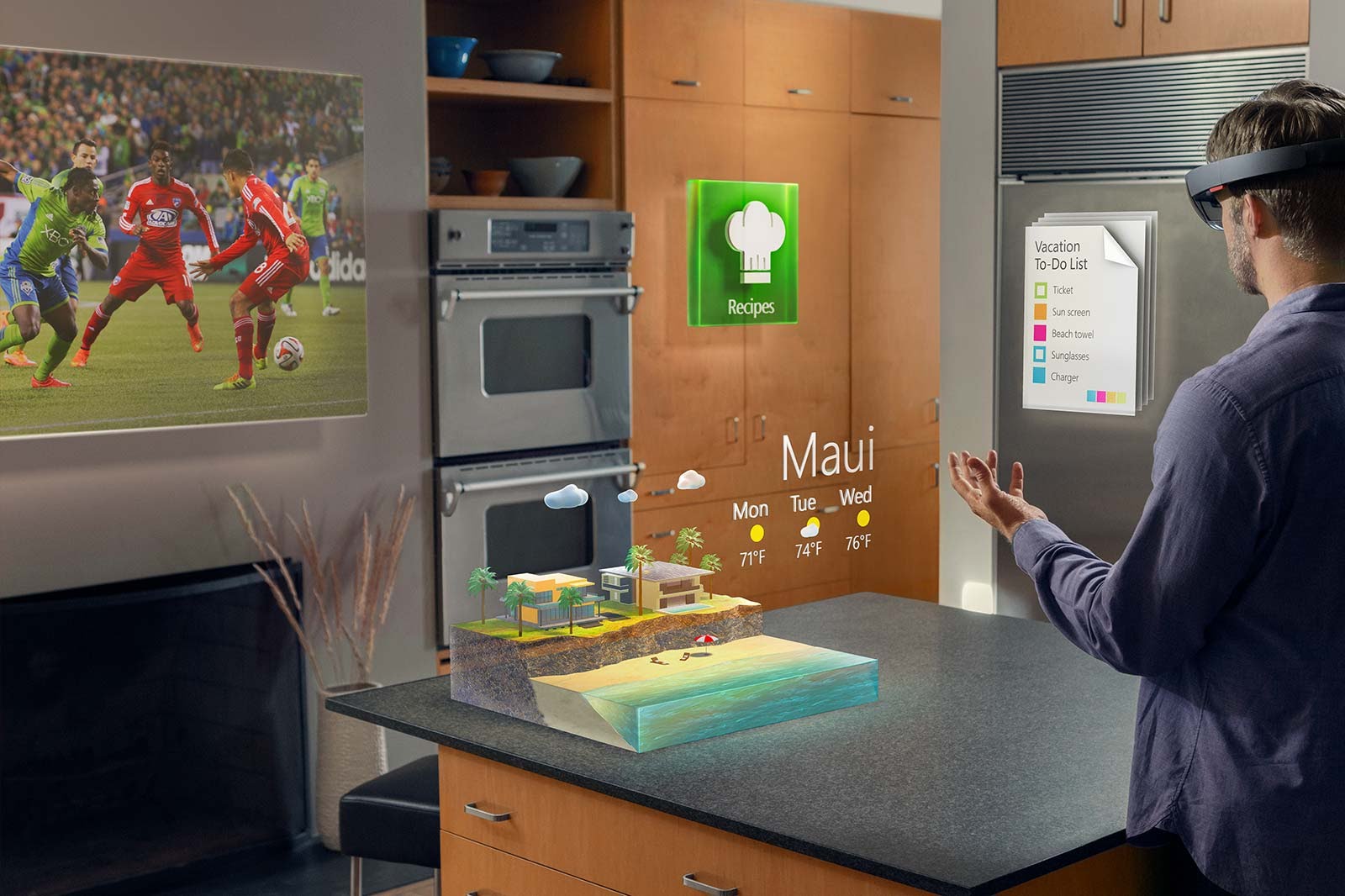
And he’s not wrong. The only problem is that the average person knows about augmented reality only in the context of gamification such as “Pokémon Go.” The unfortunate reality is that “Pokémon Go” is a barely passable utilization of the idea of augmented reality. In fact, one of the top tips on conserving battery life while playing the game is to turn off one of its two primary reality augmentation aspects—the camera, which superimposes a digital Pokémon onto the screen of your smartphone. The only thing left is the flat-colored map of the area around you, and even that doesn’t have the immersive reality of Facebook’s new 360 photo and video.
Right now, the general populous can only think of augmented reality in terms of games (and the same can be said of virtual reality). This is part of augmented reality’s image problem, a problem that it will have to overcome in today’s day and age. In a time when console and PC gamers are looking for deeper immersion in realistic graphics, story and interaction, pushing the bounds of player immersion necessarily moves into augmented and virtual reality.
Augmented reality is a lot farther along than it might seem at first look (especially if the first look is at “Pokémon Go”). There are viable applications in education, specialized industrial careers and even retail and health.
The future of augmented reality and virtual reality will be a melding of the two. Imagine walking around with a heads-up-display like Master Chief and the other Spartans in the Halo series, without the bulky helmet (because hopefully most people won’t need to be protected from ballistics of any sort). But instead of heat signatures and ammo count, there would be applicable information chosen by each user, such as health diagnostics tailored to each person’s needs or Ikea furniture assembly instructions that recognize each piece of that fantastic yet complicated chair.





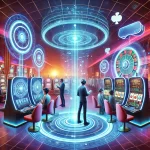
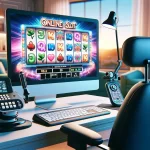

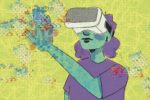
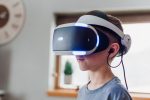
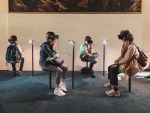







[…] game writer Mari Landgrebe succinctly puts it: “Augmented Reality is the precursor to holographic technology, and it has a […]
[…] for many who need the whole lot in the similar place. Get yours at Oculus and see what the future of entertainment seems […]